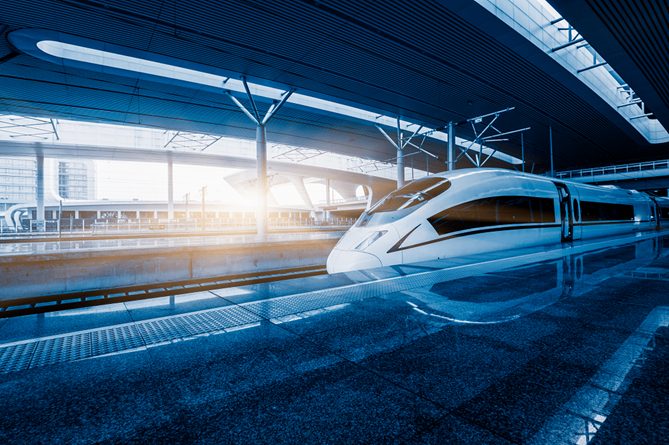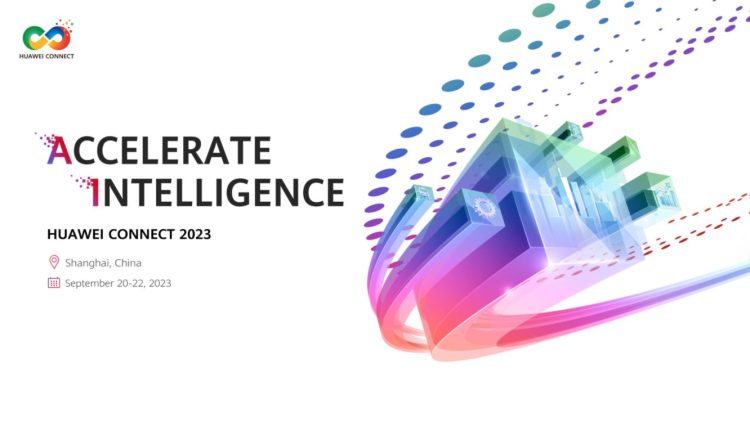Huawei ’s TFDS Solution: Transforming Train Operations with AI-driven Fault Identification Technology
Posted: 17 August 2023 | | 1 comment
The railway industry faces significant challenges when it comes to the identification of train faults. Until recently, inspectors would have to view thousands of images taken by Train Freight Detection Systems (TFDS) to identify faults. Now, artificial intelligence is set to revolutionize the fault identification process, drastically reducing manual oversight and ensuring safer freight train operations.


The railway industry has long relied on manual inspection routines to identify faults and cracks in freight train undercarriages. This labor-intensive method is inefficient, costly, and prone to human error. To address these pain points, Huawei’s Pangu Railway Model leverages the power of artificial intelligence to automate the fault identification process, greatly reducing the chances of human error and the chance of accidents.
Current TFDS Solution
Train detection systems sit alongside and in-between the tracks of railways systems. When a train passes the detection station, TFDS calculates the train speed using the magnetic steel sensors on wheels. It automatically adjusts the snapshot frequency to match the train passing time, usually one picture taken every few milliseconds. These are then uploaded to a central server for fault detection. Due to technical limitations, traditionally most of the fault identification work is done manually.
The TFDS system takes around 80 pictures for each freight carriage. As each train has around 50 carriages this results in thousands of pictures being taken for each train and with thousands of trains operating on hundreds of lines each day, that soon results in millions of pictures that need to be checked. Due to the sheer volume of pictures taken, inspectors normally have only around 10 minutes to manually check each batch for faults and cracks in the undercarriages. This opens up the possibility of human error as faults can easily be overlooked.
Huawei’s TFDS Solution
Trained by Pangu Model, Huawei’s TFDS solution learns to locate components, determines component status and warns of faults or anomalies based on its findings, helping to make the railway industry smarter and more efficient.
This TFDS solution can accurately identify various types of faults by following the rule of analyzing large components first, and then identifying local faults. Targeted at false alarms caused by distortion, blockage, and small size of components, the TFDS solution adopts adaptive enhanced detection algorithm, image reconstruction, and adaptive image fusion to tackle these issues.
The TFDS solution addresses the challenges by automating the analysis of millions of captured images. This greatly reduces the number of images that need to be viewed manually on a train from around 4,000 down to just 200, improving the efficiency by more than 200% and allowing the labour force to focus on other tasks. Using a two-node solution, the detection process for a train can be completed within 8 minutes.
“The capability of the Pangu Railway Model is continuously improved. Now, we can accurately identify 67 types of trucks running on the live network and more than 430 types of faults. The screening rate of fault-free images is as high as 95% and overall fault identification rate can be up to 99.3%. The omission rate for key fault detection is almost zero.” said Xiang Xi, Vice President of Aviation & Rail BU, Huawei.
By quickly scanning and processing such large volumes of TFDS imagery, the Pangu Railway Model allows inspectors to focus their efforts on the remaining 5% of images requiring further analysis. This significantly boosts the efficiency and accuracy of the inspection process and significantly reduces the chances of human error and ensuring accurate fault identification. By promptly addressing faults, railway operators can mitigate potential issues and prevent operational disruptions, ensuring smoother and more reliable train operations.
The Pangu Railway Model also utilizes continuous learning to improve performance over time. If any abnormalities are detected, they can be manually labeled by inspectors and added to the system to enhance future detection capabilities.
Huawei’s Pangu Railway Model demonstrates the transformative potential of artificial intelligence in the railway industry. The use of AI-driven fault identification not only minimizes risks associated with undetected faults but also empowers railway operators to proactively address maintenance needs, leading to smoother operations and improved customer satisfaction.
Pangu Rail Model
Pangu Models 3.0 is a system of pre-trained models that can be quickly adapted to meet scenario-specific needs and address complex challenges across multiple industries. The Pangu Railway Model, developed by Huawei Cloud, is an advanced AI-based system designed to vastly speed up and improve fault identification processes. By leveraging AI algorithms and advanced image recognition techniques, the Pangu Railway Model helps ensure safer and more reliable operations.


Focusing on accelerating industry intelligence, Huawei Connect 2023 will run from September 20 to 22 in Shanghai: https://www.huawei.com/en/events/huaweiconnect




Amazing!!!